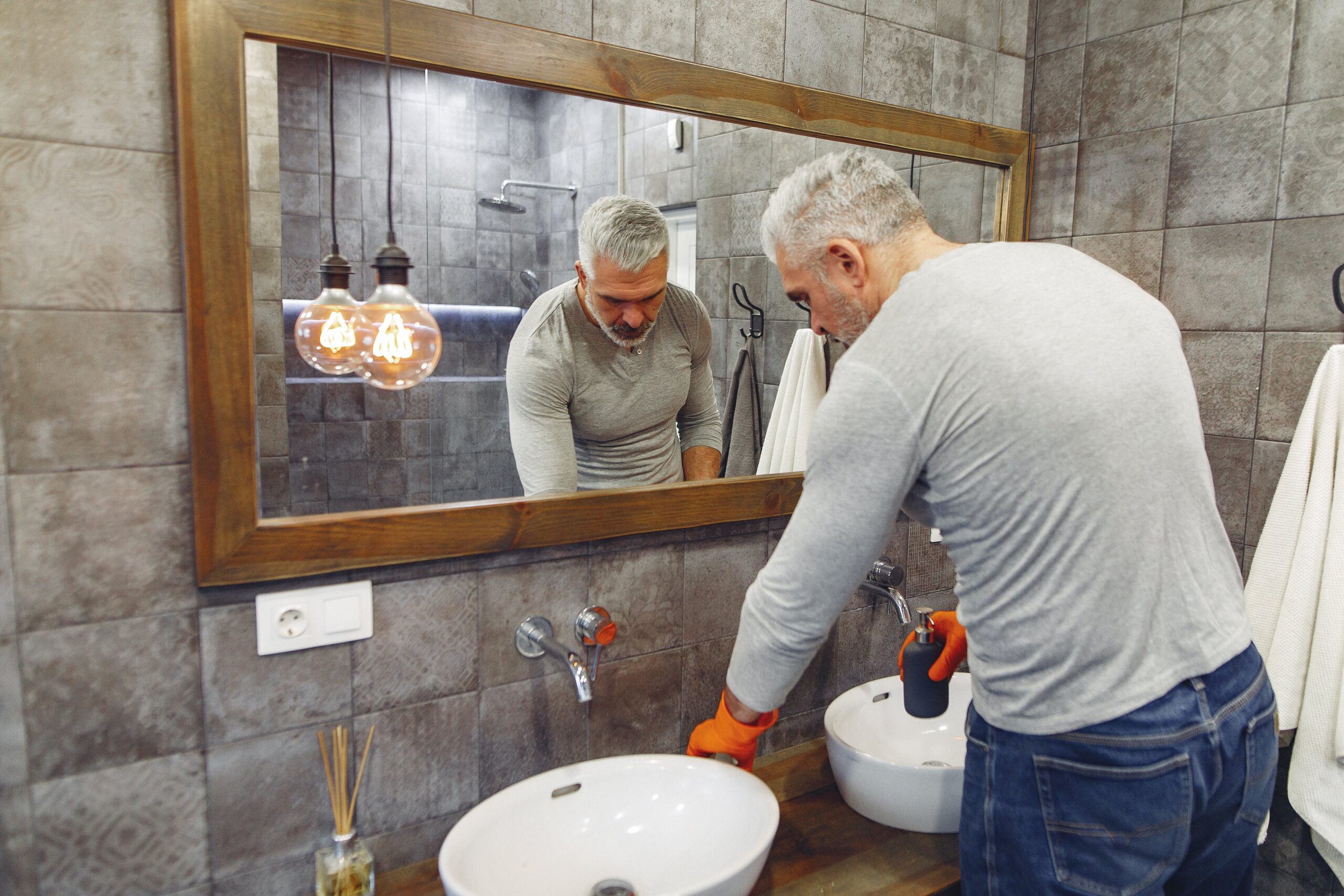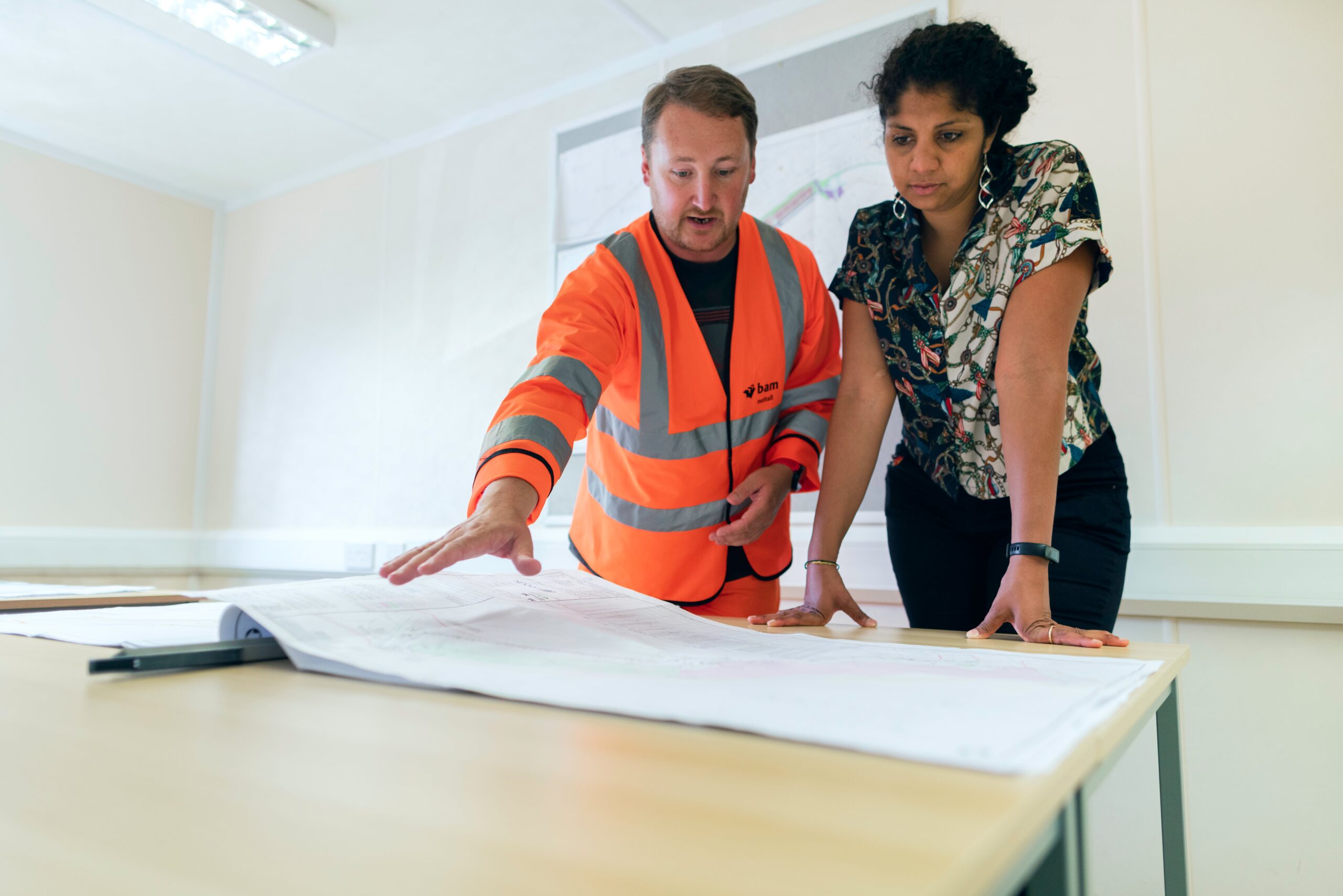Water damage can be a daunting challenge for any business, affecting not only the structural integrity of buildings but also leading to potential health hazards. Choosing the right water restoration technology is pivotal to effectively manage and mitigate these issues. This guide aims to provide businesses with a comprehensive understanding of the key considerations in selecting the most appropriate water restoration technology, focusing on price, features, and applications.
Understanding Your Needs
Before diving into the market, it’s crucial to assess the specific needs of your business. The extent of water damage, the type of property affected (commercial, industrial, residential), and the primary goal of restoration (such as rapid drying, mold prevention, or full structural restoration) should guide your technology selection.
Price: Balancing Cost and Quality
Budgeting for water restoration technology requires a careful balance between cost and quality. While it’s tempting to opt for the most affordable option, cheaper equipment might not always be the most cost-effective in the long run. High-quality, more expensive technologies often offer greater efficiency, durability, and better end results, potentially saving money on future repairs or replacements.
Recommendation: How Investing in Technology Can Boost Your Water Mitigation Profits
Long-Term Investment
Consider water restoration technology as a long-term investment. Evaluate the lifespan of the equipment, maintenance costs, and the possibility of scaling up capabilities in the future. Technologies that offer modular upgrades or have a reputation for longevity can provide better value over time.
Features: Matching Technology with Restoration Needs
The features of water restoration equipment play a crucial role in addressing specific restoration challenges. Here are some critical features to consider:
Drying Technology
The type of drying technology (such as dehumidifiers, air movers, or heat-based systems) should match the specific requirements of your restoration project. High-performance equipment that can quickly and efficiently remove moisture from the air and materials is essential for minimizing water damage and preventing mold growth.
Monitoring and Documentation Tools
Technologies that include monitoring and documentation features enable businesses to track the progress of the restoration process and ensure that moisture levels are reduced to safe levels. This can be particularly important for insurance claims and compliance with health and safety standards.
Portability and Ease of Use
Consider the portability and ease of use of the equipment, especially if the technology will be used across multiple sites or in areas with limited access. Lightweight, compact, and user-friendly designs can significantly enhance operational efficiency.
Applications: Versatility and Effectiveness
The versatility and effectiveness of water restoration technology across various applications are essential factors. Equipment that can be used in a wide range of settings, from small residential spaces to large commercial buildings, offers greater flexibility and a better return on investment.
Recommendation: Simplifying Client Interactions and Project Updates
Specialized Applications
Some restoration projects may require specialized equipment. For instance, restoring historical buildings might necessitate gentle drying technologies that can preserve delicate materials. Similarly, industrial environments might require robust, heavy-duty equipment capable of handling large-scale water damage.



